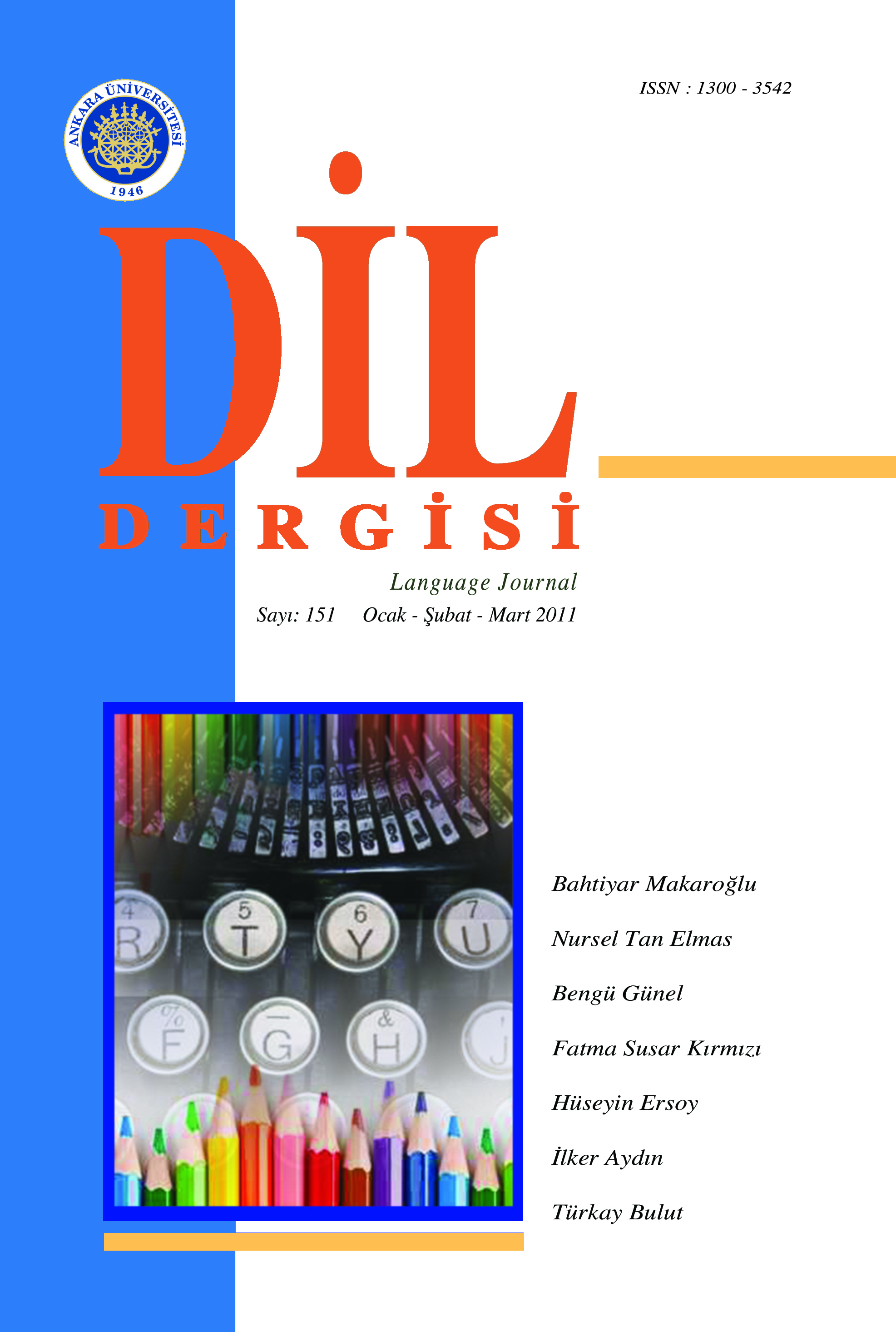Türkçe Anadil Konuşuru Çocukların İngilizce İlgi Tümceciklerini Anlaması: Özne/Nesne Bakışımsızlığı
Turkish-Speaking Children’s Comprehension Of English Relative Clauses: Subject / Object Asymmetry
Author(s): Türkay BulutSubject(s): Language studies, Education, Foreign languages learning
Published by: Ankara Üniversitesi TÖMER
Keywords: Subject relative clauses; object relative clauses; Noun Phrase Accessibility Hypothesis (NPAH); Linear Distance Hypothesis; Structural Distance Hypothesis;
Summary/Abstract: Relative clauses in Turkish and in English differ syntactically. While in English, a head-initial language, the relative clause together with a relative pronoun modifies the immediately preceding noun phrase, in Turkish, a head-final language, there is no relative pronoun and the relative clauses precede the head noun. The findings obtained from the studies generally focusing on the acquisition of English relative clauses have shown that there is a hierarchy from most accessible for relativization to least accessible, which is named as the Noun Phrase Accessibility Hierarchy (NPAH) hypothesis. One of the purposes of this study is to investigate whether 9-10 year-old Turkish –speaking children learning English follow this hierarchy and find subject relative (SR) clauses easier to process than object relative (OR) clauses. The findings obtained from the picture-selection task have shown that the participants follow the hierarchy proposed by NPAH and that the learners process SR clauses easier than OR clauses. The reason of such outcome can be explained by the Structural Distance Hypothesis. Another purpose of this study is to find out whether the presentation type affects the comprehension of SR and OR clauses. For this purpose each item was presented with an imperative or a question. The analyses of the data have revealed that the presentation type may be a factor affecting the comprehension since the students have comprehended the clauses presented with an imperative better than those presented with a question. This may be due to the fact that the frequency of using imperative sentences may be higher than that of the questions in the classroom input. The other purpose of the study is to analyze whether the errors made by the learners are reversal errors or head errors. The students made more reversal errors and fewer head errors indicating that they significantly comprehended the head of the NP.
Journal: Dil Dergisi
- Issue Year: 2011
- Issue No: 151
- Page Range: 53-71
- Page Count: 19
- Language: Turkish

